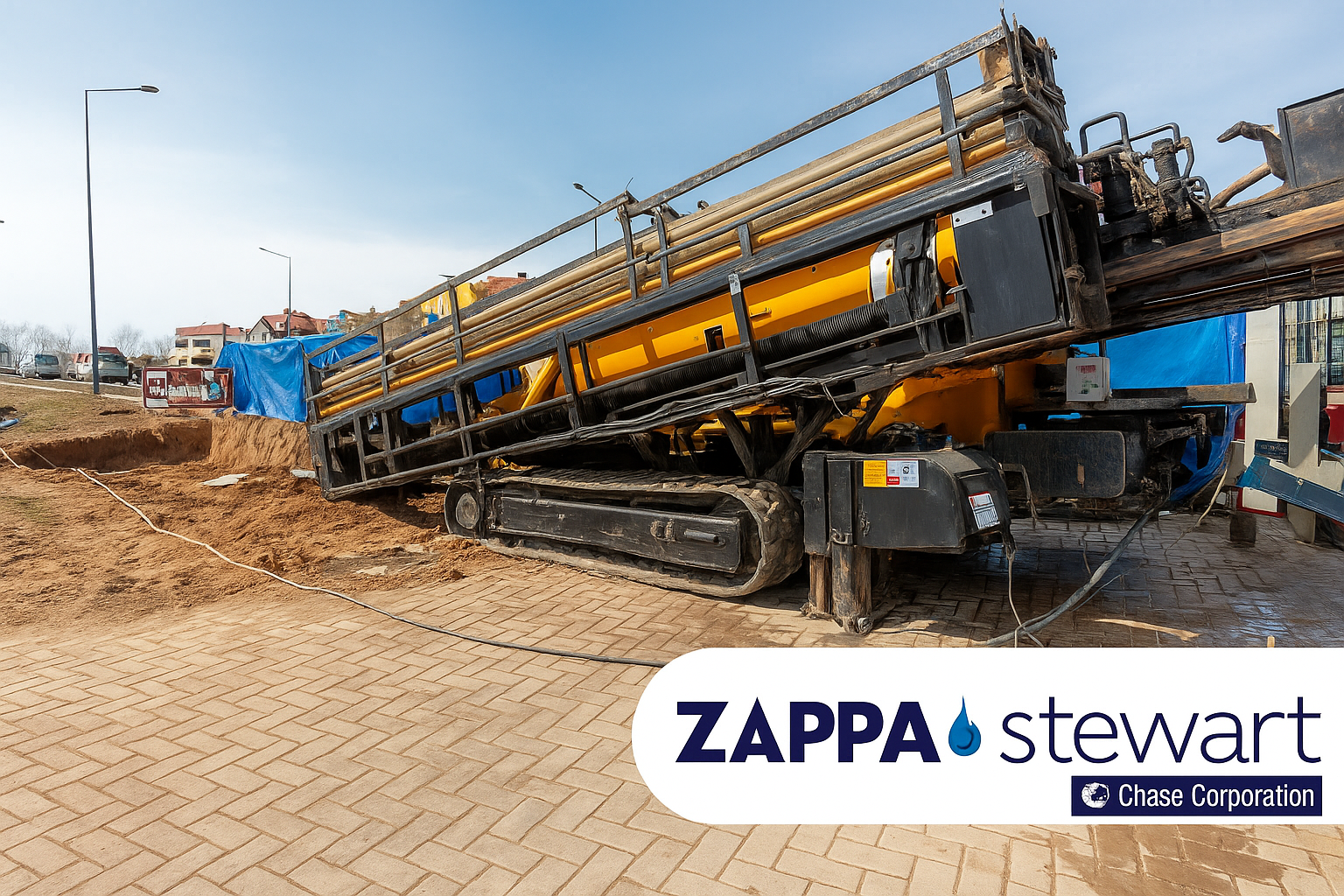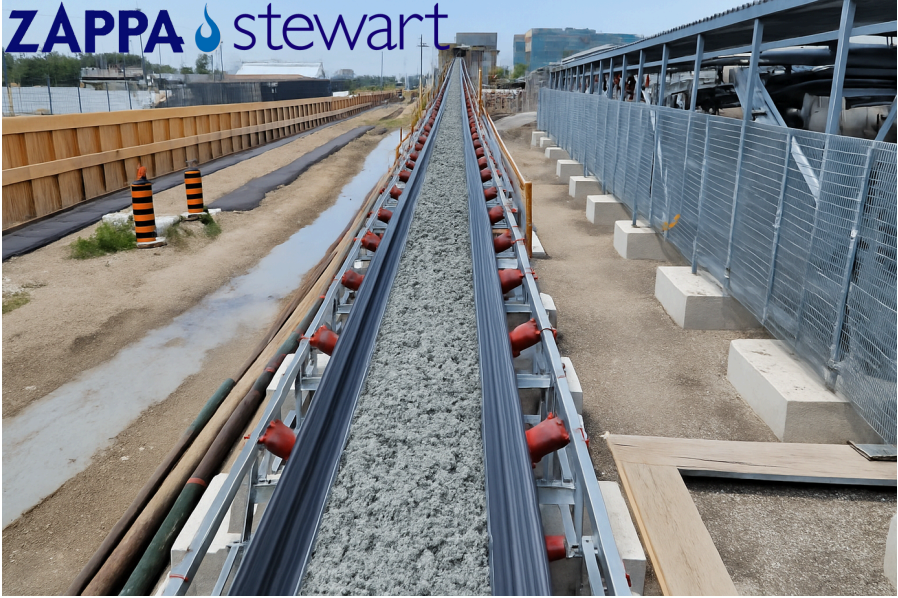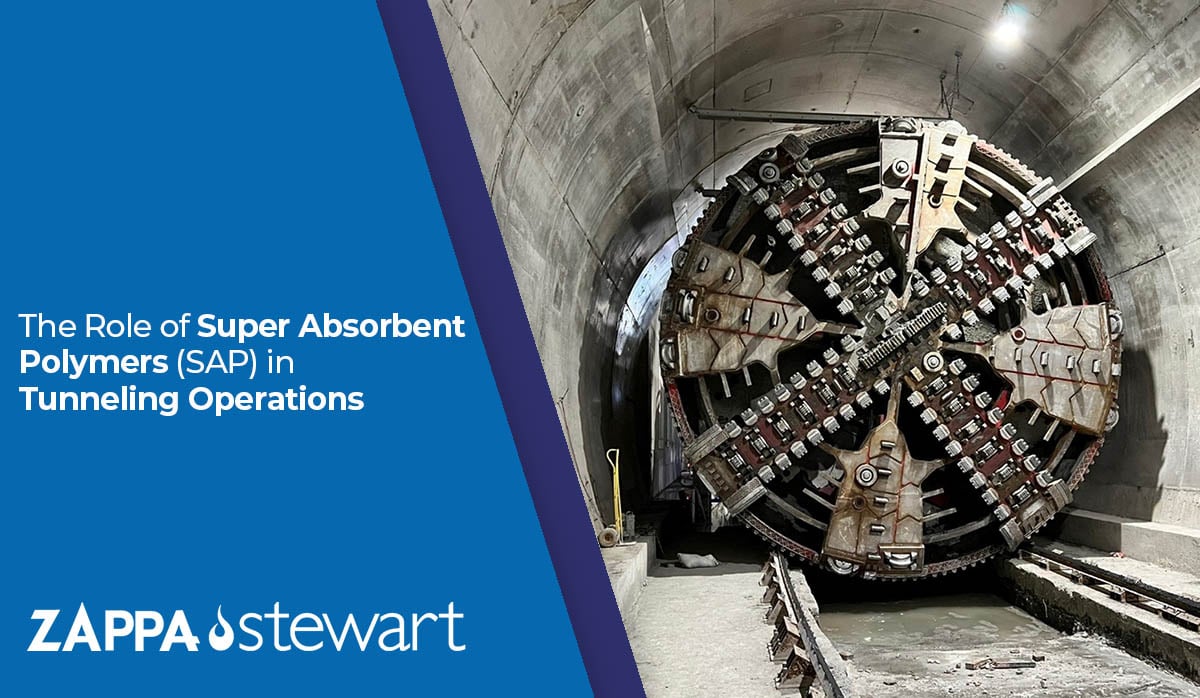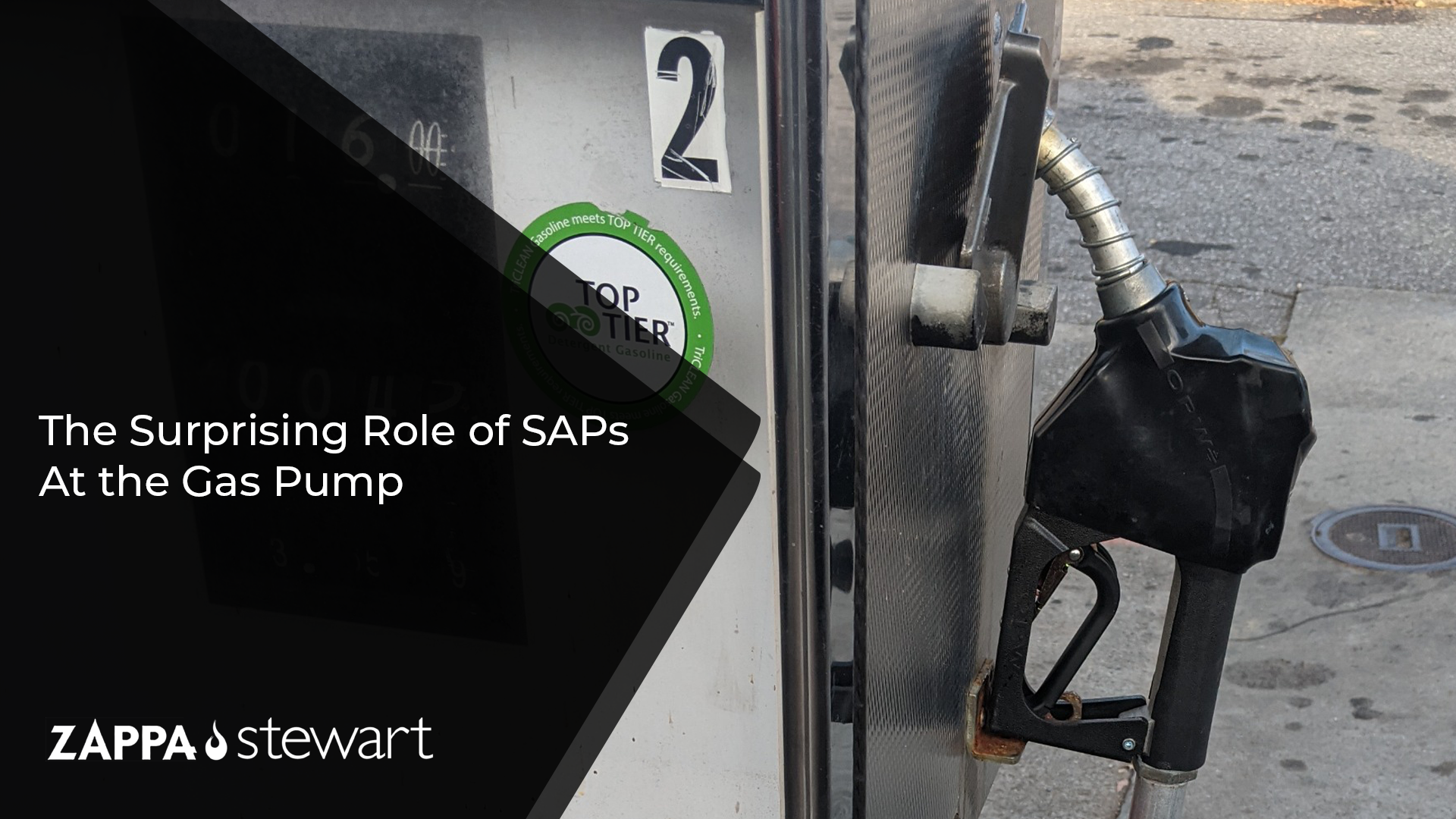Loads that fail the Paint Filter Liquids Test (PFLT) for free liquid are turned away at the landfill gate, driving rework and extra hauling. Superabsorbent polymers (SAPs) immobilize free liquid quickly to help pass PFLT (EPA Method 9095B) and move material off-site sooner—often at lower dose than bulk absorbents.
Recent Posts
Topics: SAP, SAP Applications, HDD, ZapOut, Tunneling
Washdowns, ingredient spills, and changeovers add time and slip hazards. Superabsorbent polymers (SAPs) capture and immobilize liquids quickly, making cleanup faster and safer while supporting housekeeping SOPs. SAPs also support spill kits and certain packaging absorbents where permitted.
Topics: SAP, SAP Applications, HDD, ZapOut, Tunneling
Superabsorbent polymers (SAPs) rapidly immobilize free liquid by converting it into a stable gel, helping sites cut handling/disposal costs, reduce risk, and meet landfill “no free liquids” requirements. Below you’ll find quick answers to the most common questions we get about SAPs—plus where to use them and how to validate performance in the field.
Topics: SAP, SAP Applications, HDD, ZapOut, Tunneling
Topics: SAP, SAP Applications, HDD, ZapOut, Tunneling
Managing drilling fluid waste from HDD and hydrovac work shouldn’t drain time, money, and crews. Traditional absorbents like sawdust or lime add bulk, slow you down, and still risk free-liquid failures at the landfill. Zappa-Stewart superabsorbent polymers (SAPs) flip that script—solidifying mud in 15–30 minutes, cutting added material to a fraction of the usual dose, shrinking pit volumes, and helping loads pass Paint Filter so you can haul sooner, safer, and at lower total cost.
Topics: SAP, SAP Applications, HDD, ZapOut, Tunneling
Topics: SAP, SAP Applications, HDD, ZapOut, Tunneling
Tunneling has emerged as the least disruptive and most efficient methodology for rail and vehicle transportation, clean water and wastewater security and conservation as well as security for the movement of chemicals and hydrocarbon through sensitive environments.
Topics: SAP, SAP Applications, HDD, ZapOut, Tunneling
Clean fuel performs better than dirty fuel. Dirt, dust, and grime can get into your fuel and seriously damage your vehicle’s engine. It's fairly obvious those materials pose a risk, but did you know that water is also considered to be a very dangerous contaminant of fuel?
When water enters a vehicle’s fuel supply, the vehicle will noticeably sputter or stall. This is due to diluted fuel reaching the fuel injectors or carburetors, pumping the vehicle’s engine with a weakened power source.
This is considered to be a "best-case scenario" of water contamination. Did you know that water can do irreparable damage to your vehicle? Even a small amount of water in your fuel tank can ruin the electric fuel pump, clog up the fuel lines, rust the interior of the tank, and cause fuel injector tips to explode.
Topics: SAP Applications



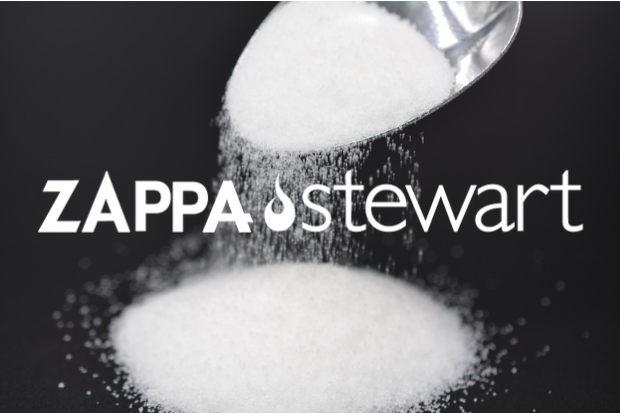
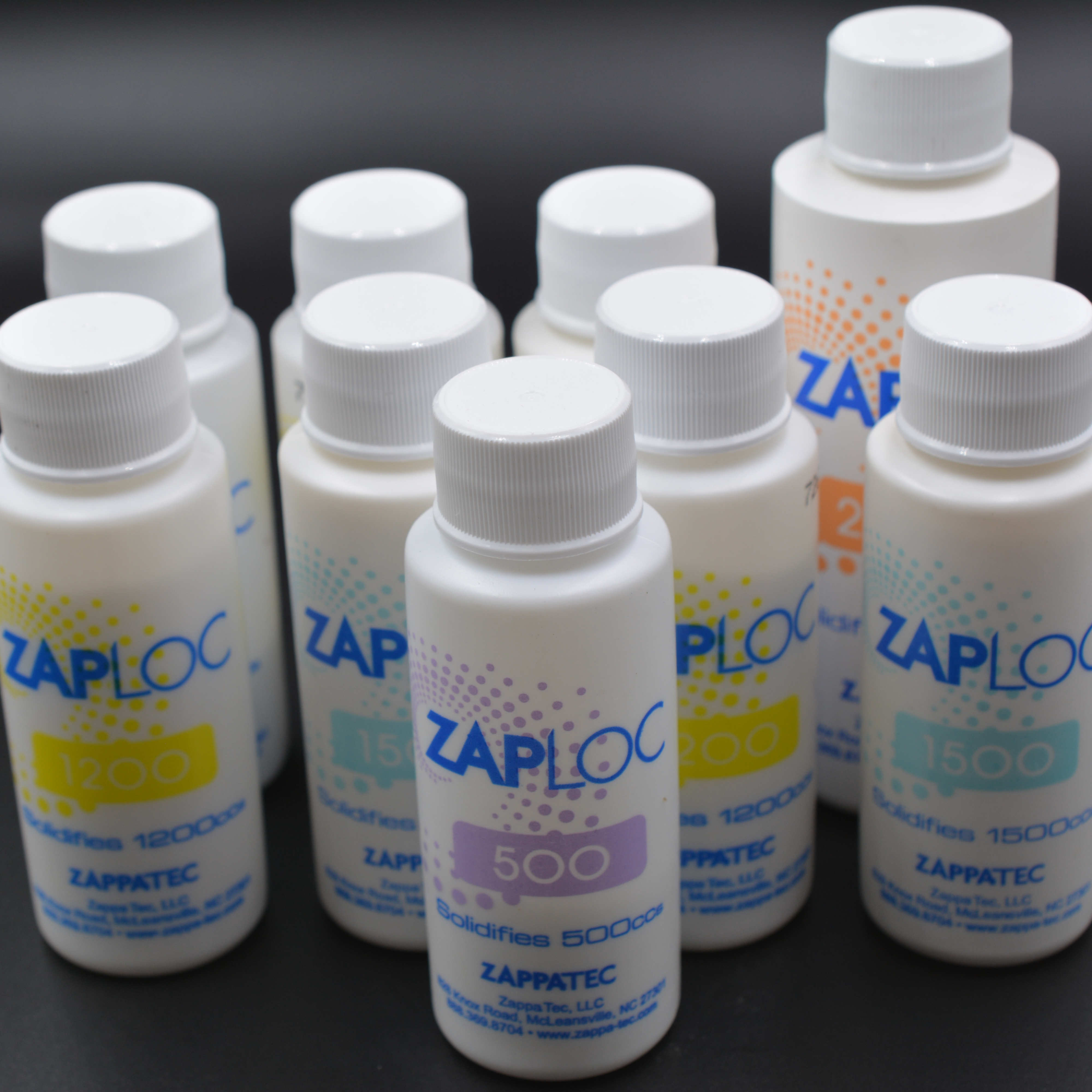
.jpg)
